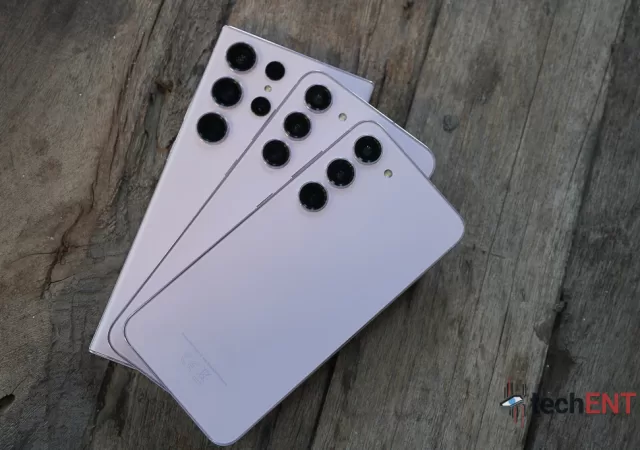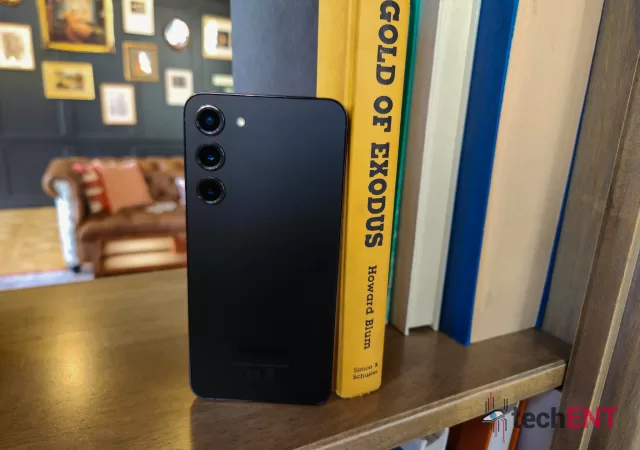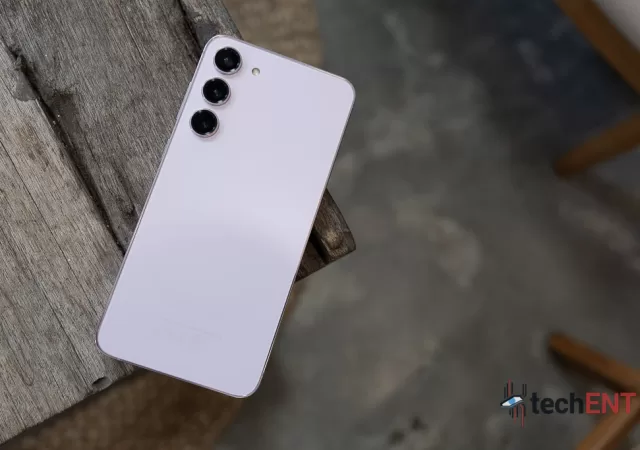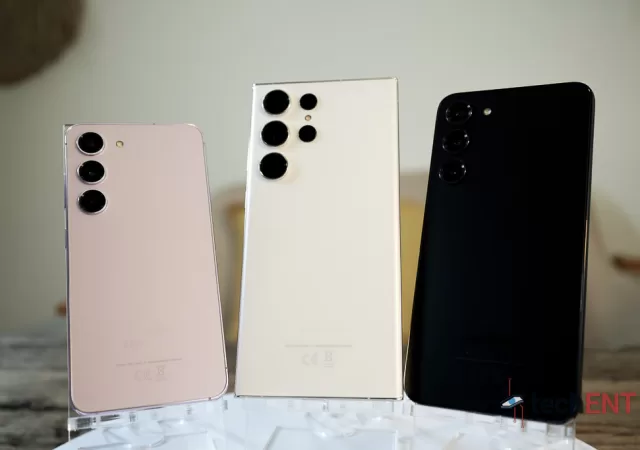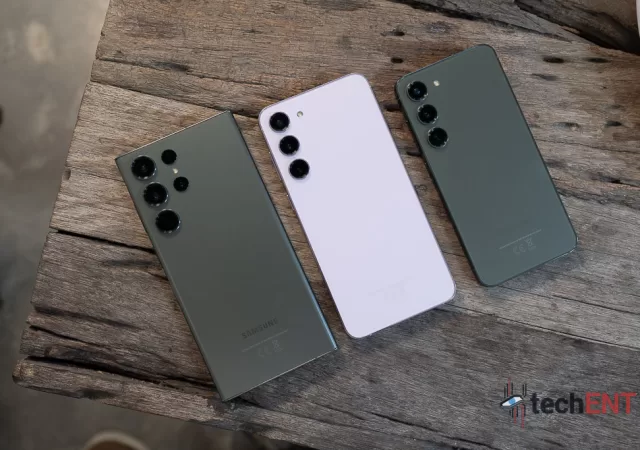Samsung is bringing Galaxy AI to more flagship devices with the One UI 6.1.1 update starting with the Galaxy S23 series.
Galaxy AI Comes to Older Devices with One UI 6.1 Update starting March 28
Samsung’s Galaxy AI lands on more devices starting on March 28 with the global roll out of One UI 6.1 to older flagships.
iPhone Users Can Now Try the Galaxy S23 On Their iPhone.
Samsung launches a new web app for iPhone users to get a hands-on experience with the Samsung Galaxy S23 directly from their iPhone.
Samsung Galaxy S23+ In-Depth Review: Refinement at Its Best For A Price
Samsung’s latest Goldilocks flagship, the Galaxy S23+, continues to be an addition into what can only be called an iterative formula. But has it done enough to stand out?
The Galaxy S23 Marks the Death of Mobile Innovation at Samsung
Samsung’s latest flagship series is a sign that innovation is taking the back seat at the company in favour of Lux and pricing.
Pre-orders for Galaxy S23 Series Go Live
Samsung’s Galaxy S23 series goes on pre-order in Malaysia. Find out what you can get with your purchase of the new flagship.
Samsung Unpacks The Galaxy S23 Series
Samsung unveils it’s new Galaxy S23 series which brings a customised Qualcomm Snapdragon 8 Gen 2 processor with a whopping 200 megapixel camera.



